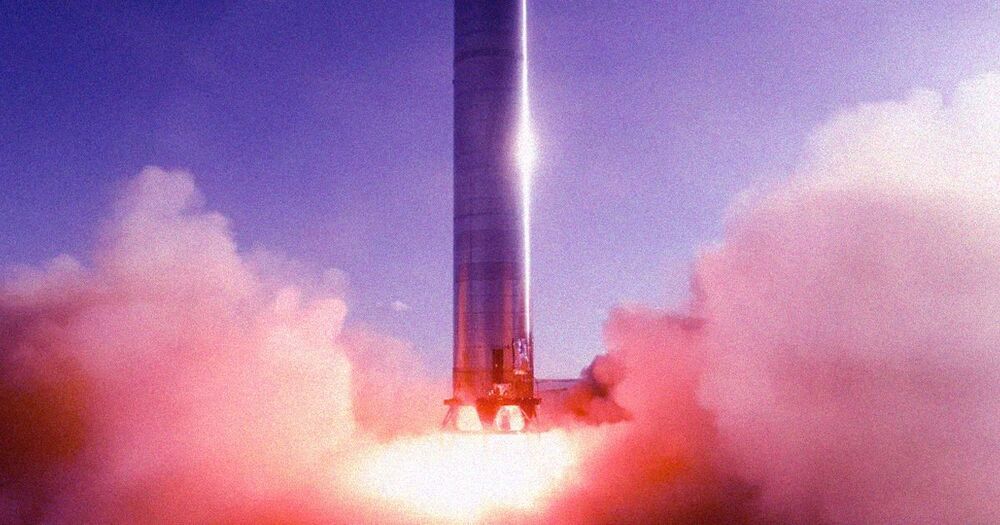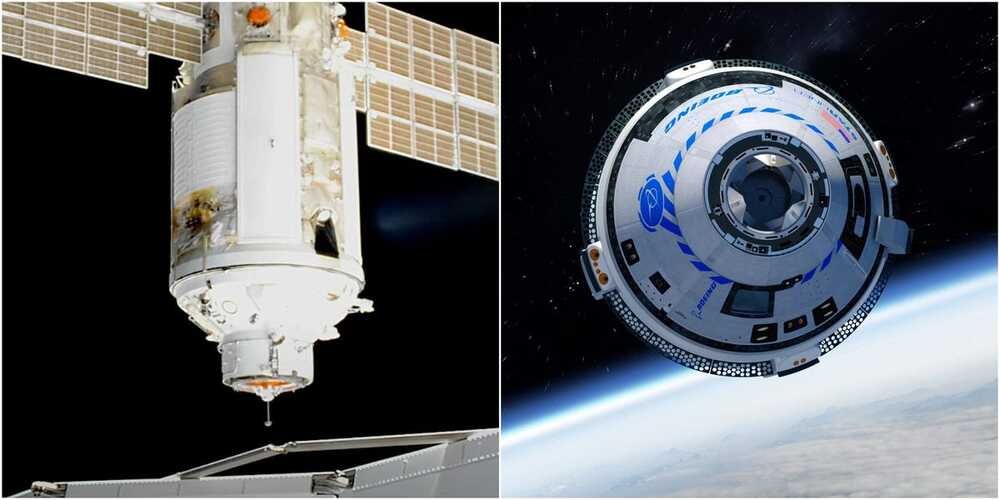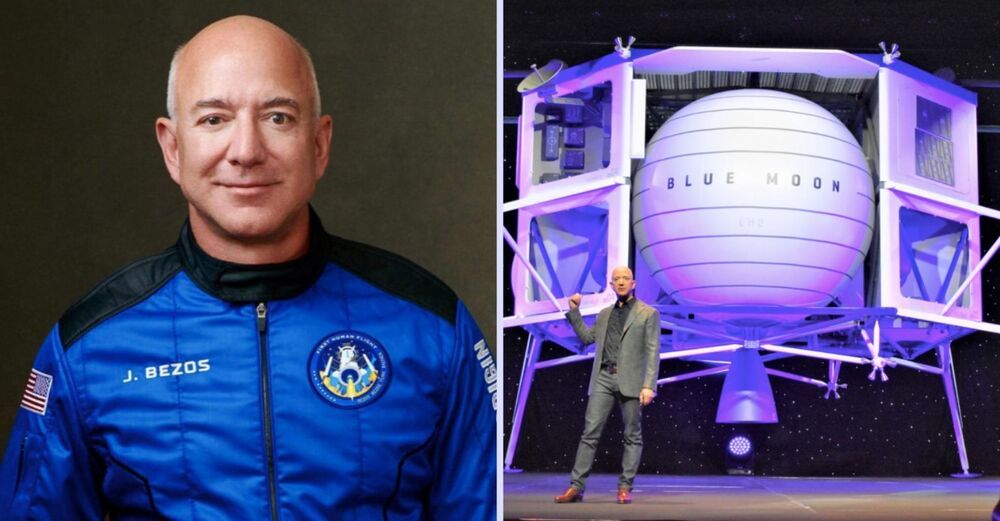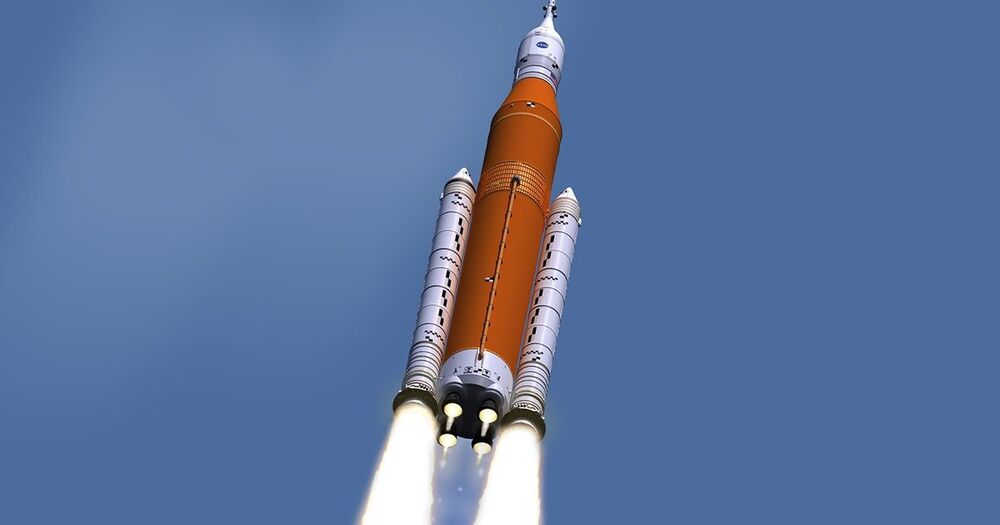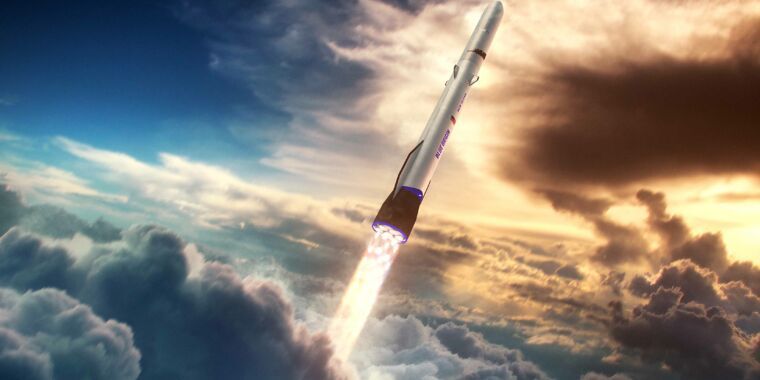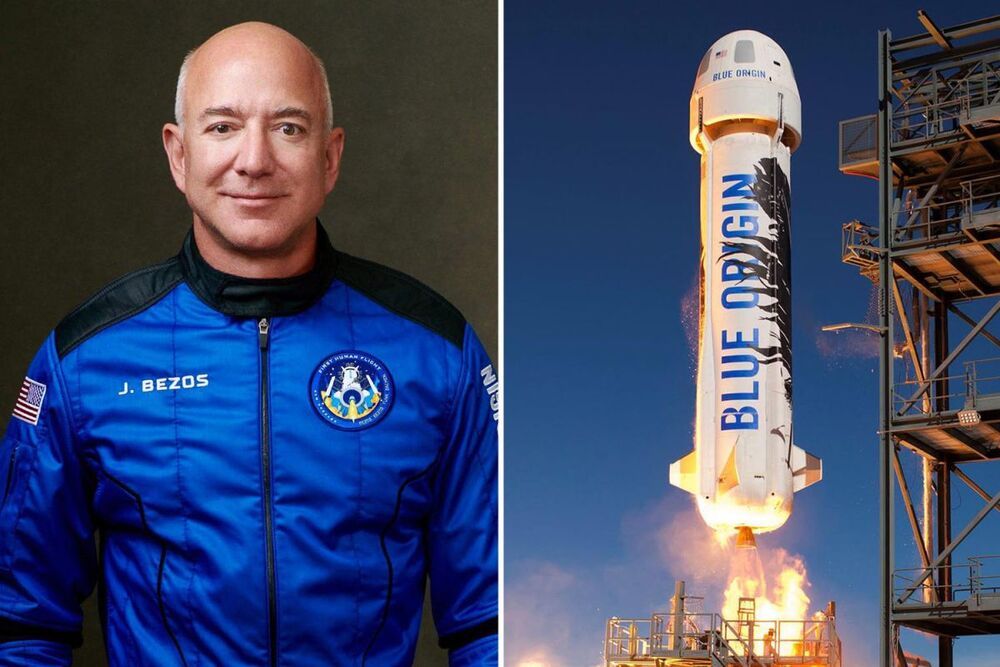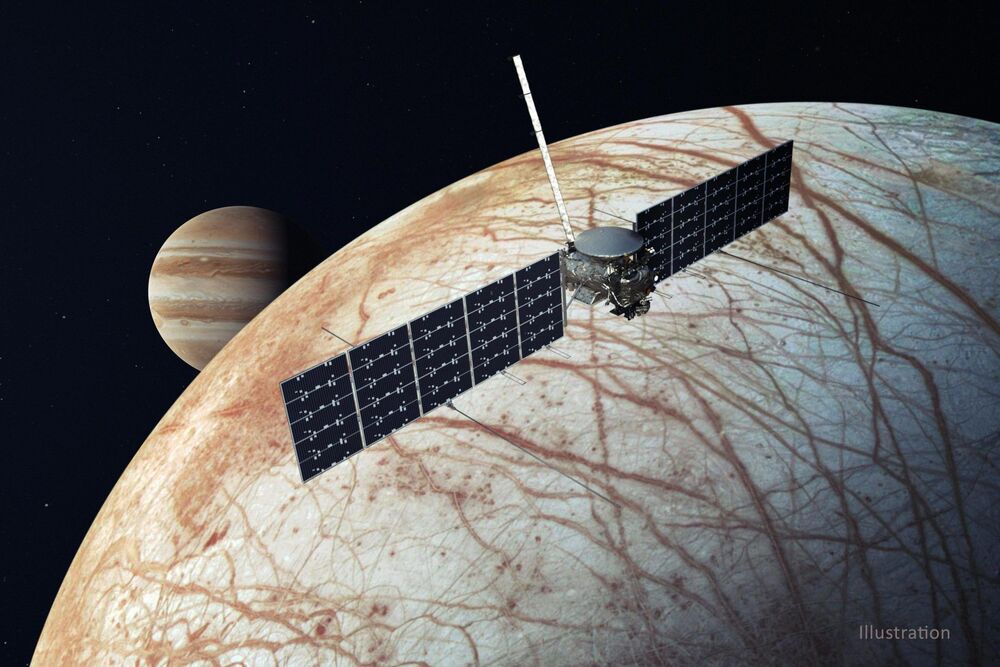It’s no secret that SpaceX’s Starship Super Heavy Booster will be an absolute beast. The rocket stage, meant to launch the also-huge Starship spacecraft into orbit, will be sporting an outrageous number of individual rocket engines — 29 to be exact — making it one of the biggest rocket boosters in history.
A photo shared by SpaceX CEO Elon Musk today on Twitter shows the sheer scale of the operation — and how far the space company has come in building the first flight-and orbit-worthy prototype.
